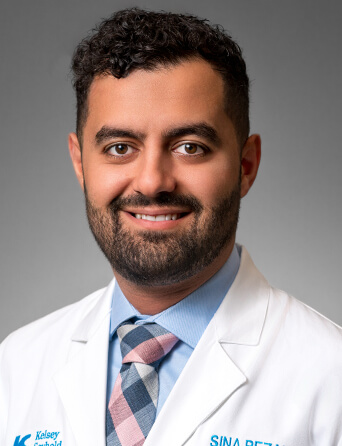Join Our eNewsletter!
Subscribe to our monthly newsletter to receive encouraging advice to help you lead a healthy lifestyle.

Keeping the Eyes Safe During Sports
Nearly 30,000 people head to the emergency room each year for sports-related eye injuries, according to the American Academy of Ophthalmology. Ninety percent of these can be prevented with appropriate protective eyewear made specifically for sports, which is good news for active children, teens, and adults.
Protecting the eyes
Eye glasses and contact lenses do not prevent eye injuries during sporting activities. In fact, wearing regular eye glasses can cause even more damage if the lenses shatter on impact and cause a penetrating injury. Protective eyewear prevents a number of eye injuries, including corneal abrasion, detached retina, eye socket fractures, and inflamed iris.
What to wear
Different sports have different requirements to ensure eye safety, but the minimum for all safety googles is polycarbonate material. This is the essential ingredient in protective eyewear because it resists shattering and can provide ultraviolet light protection. These lenses are 10 times stronger than other plastics and can be created as prescription or non-prescription safety goggles.

A study published in 2018 reveals basketball was the most common sport causing eye injuries (16%) to children and teens who visited the emergency room followed by baseball/softball and non-powder gun use (pellet guns and airsoft rifles). As a result, it’s important to select eye protectors that have passed the American Society of Testing and Materials (ASTM) standards. Most sports have a specific ASTM standard that relates to specific risks common in particular sports.
Athletes who play lacrosse and ice hockey need to protect their eyes by wearing a helmet with a polycarbonate face mask or wire shield. Athletes engaging in basketball, soccer, hockey, or racquet sports need to wear sports eye guards, such as goggles.

Sharing the facts
Children and teens have a high rate of sports-related eye injuries because they tend to play aggressively and participate in a wide variety of sports activities. Yet, they are also the most difficult to convince of the importance of wearing protective eyewear. Parents and coaches need to share the facts and importance of wearing protective eyewear while engaged in sports. Contact a Kelsey-Seybold optometrist to get more information.
Meet Our Team
Kelsey-Seybold opthalmologists know how important your vision is to you.








